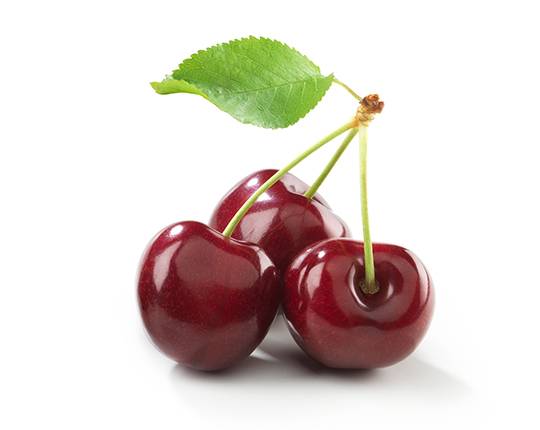Turnkey projects: Fruit preservation
A comprehensive solution for your fruit and vegetable preservation projects in a controlled atmosphere.

Cherries are a fleshy stone fruit classified as
drupes. Of Greek and Roman origin, the cherry tree was marketed in Europe
as early as the Middle Ages.
Today there are over 600 varieties of cherries,
the best known being the Bigarreau and the Burlat.
The global cherry market has been developing constantly
for many years, and production now stands at 3.6 million tonnes
per year. Turkey is the largest producer of cherries in the world,
followed by the United States and Iran.
For harvesting, different indicators are used.
Maturity indicators
Quality indicators
The post-harvest life of fruit is closely related to the respiration rate. C.A. reduces the respiration rate of the fruit and thereby increases its post-harvest life.
The Modified Atmosphere Packaging (MAP) generated in the package has been tested and found to be beneficial for the preservation of the fruit and its properties.
Storage conditions :
Rapid cooling to the optimum temperature after harvest is beneficial for maintaining fruit quality. Maintaining high humidity is necessary if you want to preserve the colour of the stem.
The response of the cherry to ethylene is minimal. Ethylene does not accelerate ripening.
Volatile aromas can be reduced after several weeks of storage in CA.
Cherry diseases :
Physiological disorders of the cherry:
